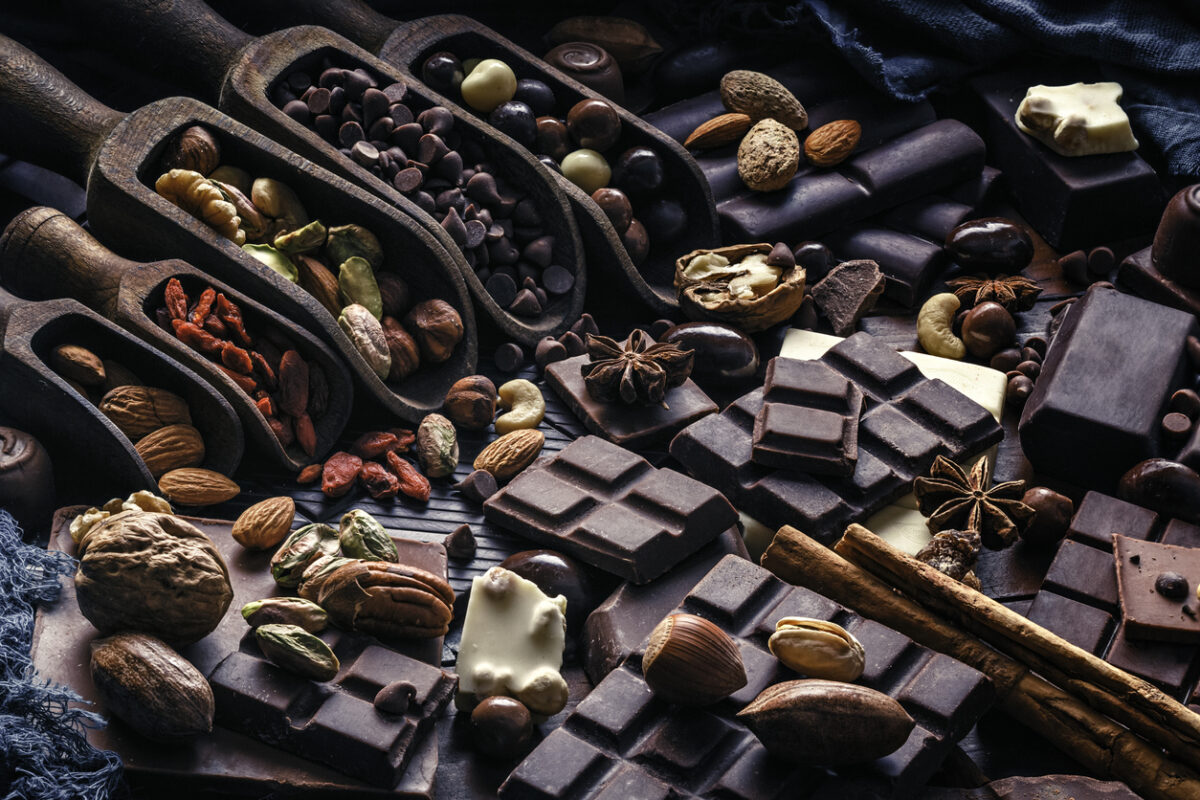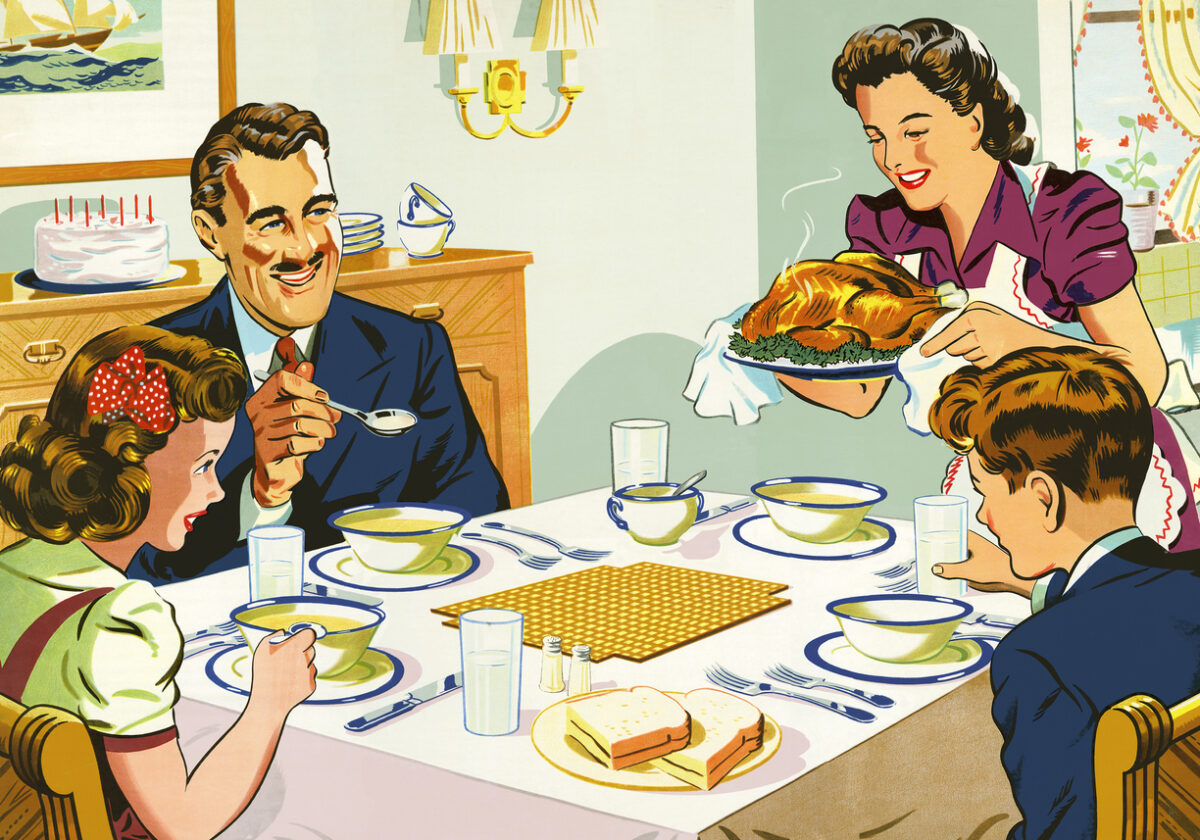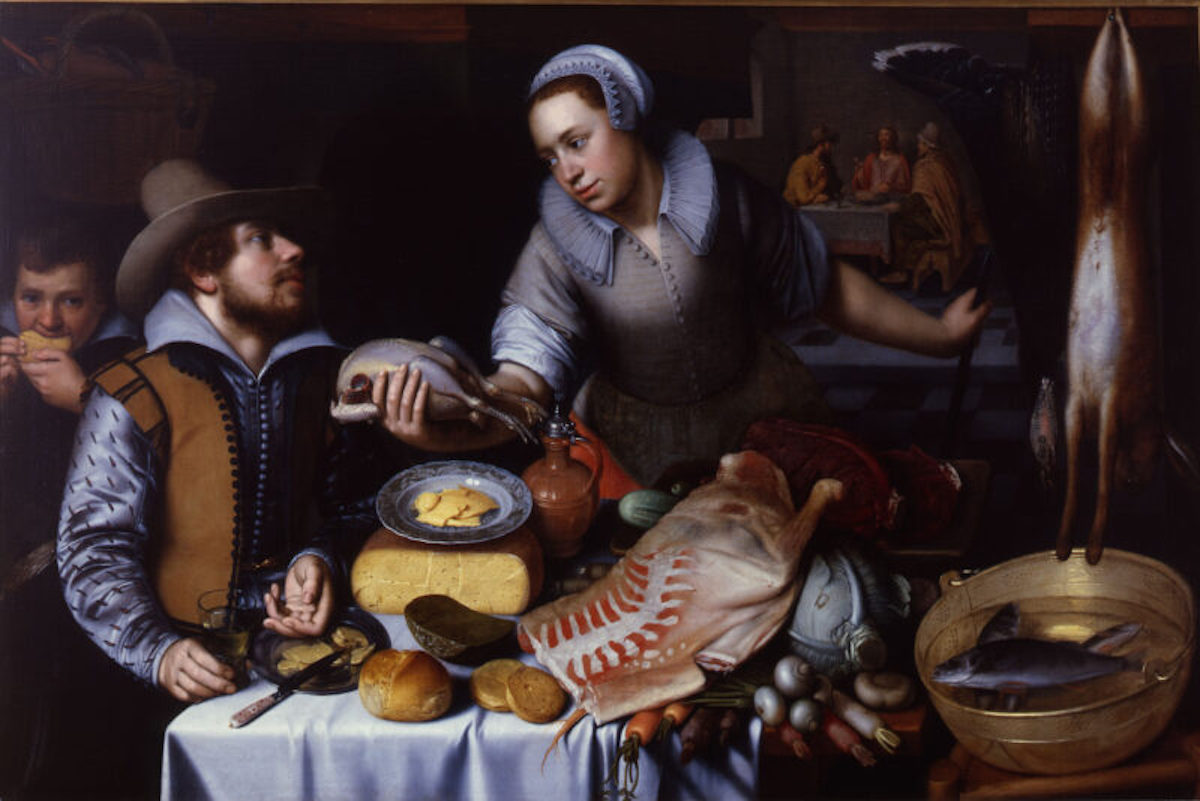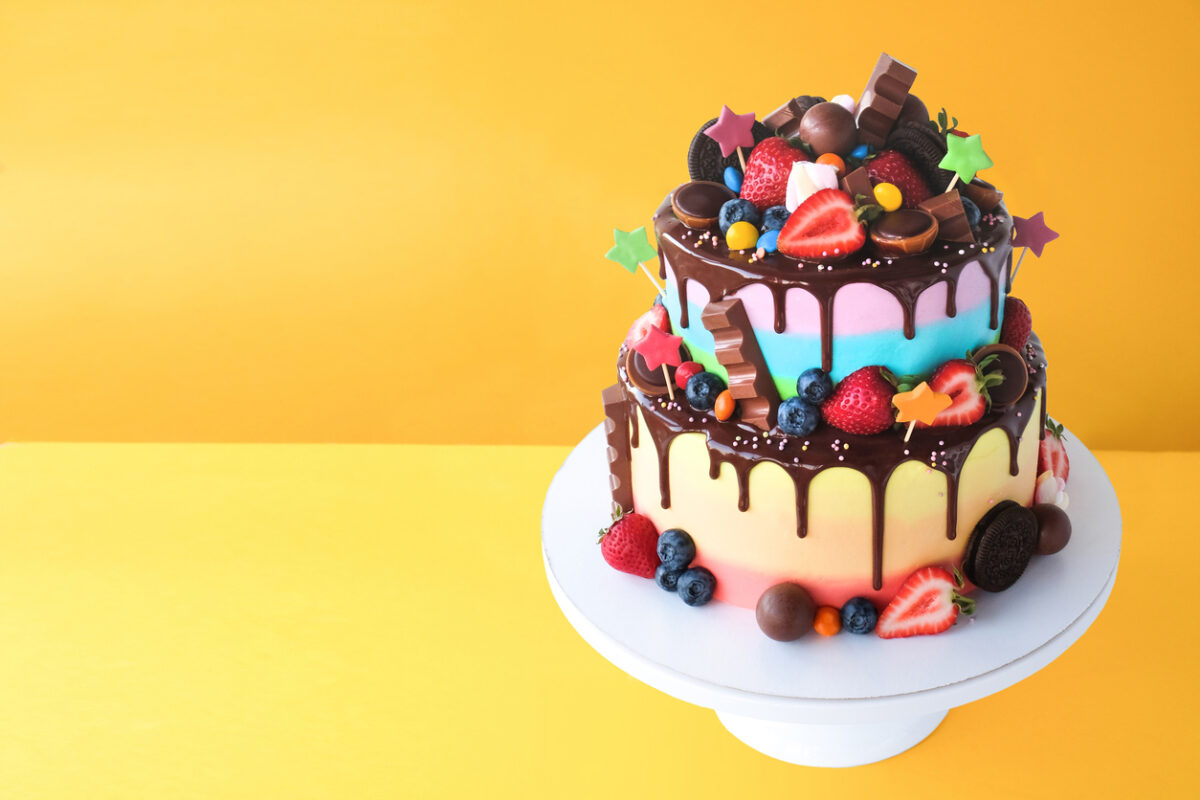Where are they now? Products that have disappeared from the supermarket shelves

Maybe it was a chocolate bar, maybe it was a fizzy drink, maybe it was something else entirely. But, tragically, we’ve all had a favourite foods and drinks that have been discontinued and one day simply vanished from shelves, chillers and fridges. So why have some of the most popular products from the last few decades just disappeared?
Secret
Like all cult followings, devoted fans of the Secret bar loved it passionately but there just weren’t very many of them. Manufactured by Nestlé Rowntree and introduced onto shelves in the 1980s, Secret vanished in the late nineties. Inconsolable admirers refused to accept their fate – petitions litter the internet like regrettable WhatsApps, pleading with Nestlé Rowntree to come back and try again. But the reason they no longer exist is that it was simply too expensive to keep making them when sales were so low. The Faberge egg of the chocolate bar world, the elegant Secret consisted of a soft rich nutty chocolatey mousse encased in a recherché criss-cross pattern of chocolate, while its adverts explored themes of naughty irresistible indulgence and doomed romanticism, which captured hearts as well as tastebuds. Sadly, despite a petition on change.org being launched five years ago, it currently has 2,412 signatures. Every single one of those heartbroken people pleading for its return may love Secret bars to a deranged extent, but sometimes even a cult following isn’t enough to save a chocolate bar from its fate.
Quatro
Launched in 1982, Quatro was a soft drink flavoured with pineapple, orange, passion fruit and grapefruit, making it a relatively exotic addition to newsagent fridges at the time. Quatro was manufactured by the Coca-Cola company, which was keen to take more shelf space from rivals in the chillers. It was similar to Lilt, also made by Coca-Cola, though rather than Lilt’s laid-back Caribbean vibe, Quatro was resolutely 80s electro, summed up by its atmospheric ad campaigns and lurid green colour. The cyber-punk of the soft drink world, Quatro tapped into the post-Atari age and pushed flavourful boundaries, but production ceased in 1986 after it failed to turn its niche appeal into a popular one. If die-hard fans buy a plane ticket to South America and visit Argentina, Chile, Colombia or Uruguay, the drink is still available there. If anyone is planning a holiday to one of these destinations soon, please contact Food Matters Live.
Heinz Baked Bean Pizza
Popular brand extensions remain a growing trend and Heinz was one of the pioneers when it launched its Baked Beans pizza in the mid-nineties. It later added a more daring variant which included sausage on top. Like something born in the messy kitchen of a desperate student, the unedifying combination of baked beans on a pizza was described as “strange, but delicious” in Heinz’s remarkably self-aware advert for the product. Sadly for its fans, of which there were many, production ceased in 2013 after sales slowed, though overwrought Italians who get worked up by pineapple on a pizza were ecstatic. Yet in a twist of positive news, Heinz teamed up with Deliveroo to sell baked bean pizzas in a well-publicised 2019 return (for a limited time only). Sadly this culinary mishmash hasn’t been seen since, though toddlers everywhere can recreate it with a supermarket cheese and tomato pizza and a tin of beans.
Toffos
Soft, creamy and available in unusual flavours for toffee, like strawberry, banana, mint and pineapple, Toffos were also blessed with an uncanny ability to mould themselves around a tooth and begin decaying it. Produced in various guises by Rowntrees since the 1930s, they officially became Toffos in 1975. Individually wrapped and offered in a roll of a dozen or so, they were marketed with the slogan ‘a man’s gotta chew what a man’s gotta chew’ but they got chewed out of production in 2008, leaving fans horrified and dentists relieved. They were put back into production in smaller rolls in recent years, but only in the United Arab Emirates which doesn’t help anyone in the UK today, though anyone desperate to recapture the delight of an original Toffo can pay a premium for shipping on various candy-based websites.
Ice Magic
Shock and awe was the reaction of children everywhere when they poured Ice Magic on top of ice cream in the 1980s. Like an interesting chemistry lesson, the chocolatey gloop turned hard when it hit the cold ice-cream, encasing it in chocolate. First manufactured by Birds in 1982, and released in a superbly designed bottle (with a lid that resembled a generous dollop of the sauce itself) it was available in chocolate, orange and mint flavours. The reasons for its withdrawal remain elusive – the Bird’s brand has changed hands so many times over the years the real reason (perhaps a dubious key ingredient) appears lost forever. But other versions of a similar product are available, such as Askeys ‘Crackin’ – the ice cream accompaniment specialist sells a bottle for £1.50 at supermarkets everywhere.
Panda Pops
Brightly coloured with a low price point, Panda Pops were the soft drink of choice for caterers and funfairs everywhere in the 1980s. Launched in 1976 the brand was unfortunately axed in 2011, despite a rebrand in 2009 that optimistically hoped to make them “cooler”. Available in flavours like Strawberry Jelly & Ice Cream and Cherry, Panda Pops were never going to approach the sophistication of a Diet Coke, but they were popular with kids – the little warm brightly coloured bottles fuelled school discos for years. But its biggest problem wasn’t its image, but what was inside them (the usual suspects that make drinks bright, colourful and sweet) and it became a focal point for the anti-fizzy drinks movement. Badger Beers sold the Panda Pops brand to Nichols for £5.5m in 2005 (in what now looks like an extraordinarily prescient deal) before the brand was discontinued in 2011. Manufacturer Nichols, which is also famous for making Vimto, said axing Panda Pops would mean it could focus on selling healthier soft drinks instead.
Alex James’s cheese for Asda
These days Blur’s bassist Alex James is more famous for his love of cheese than his bouncy bass riffs, but his high-profile partnership with Asda to produce a line of quirky cheese slices flopped harder than his fringe. The range, which included cheddar blended with salad cream, tomato ketchup and chicken tikka masala flavours, was launched in 2011 but by 2012 two-thirds of the range had been axed. At the time, a spokeswoman for Asda said: “Clearly some of them were ahead of their time” though she added that some varieties, like sweet chilli and spring onion, had been a success and would be rolled out to more stores. However, none remain on Asda’s shelves today, though James’s love of cheese continues and his signature Blue Monday variety (named after his favourite song) is well respected by UK turophiles.
Coco Pops Magic Straws
Why wouldn’t you fill a straw with food colouring, e-numbers and sugar and drink milk through it? Launched in 2005 by Kellogg’s, good reasons for Magic Straws existence were never entirely clear, and they were scrapped in 2010. Some said they were brilliant to suck up leftover milk from the cereal bowl, which would admittedly help anyone who finds spoons challenging, but why bother when everyone knows drinking cereal milk from an upturned bowl is one of life’s great pleasures? Ultimately Magic Straws turned healthy milk into unhealthy milk at high speed, and only then if you could get them to work properly, which many people complained they couldn’t. A carefully worded petition launched to resurrect them in 2018 was unceremoniously rejected by the government, which politely explained it was outside its remit to demand Kellogg’s recommence the manufacture of Coco Pops Magic Straws.








